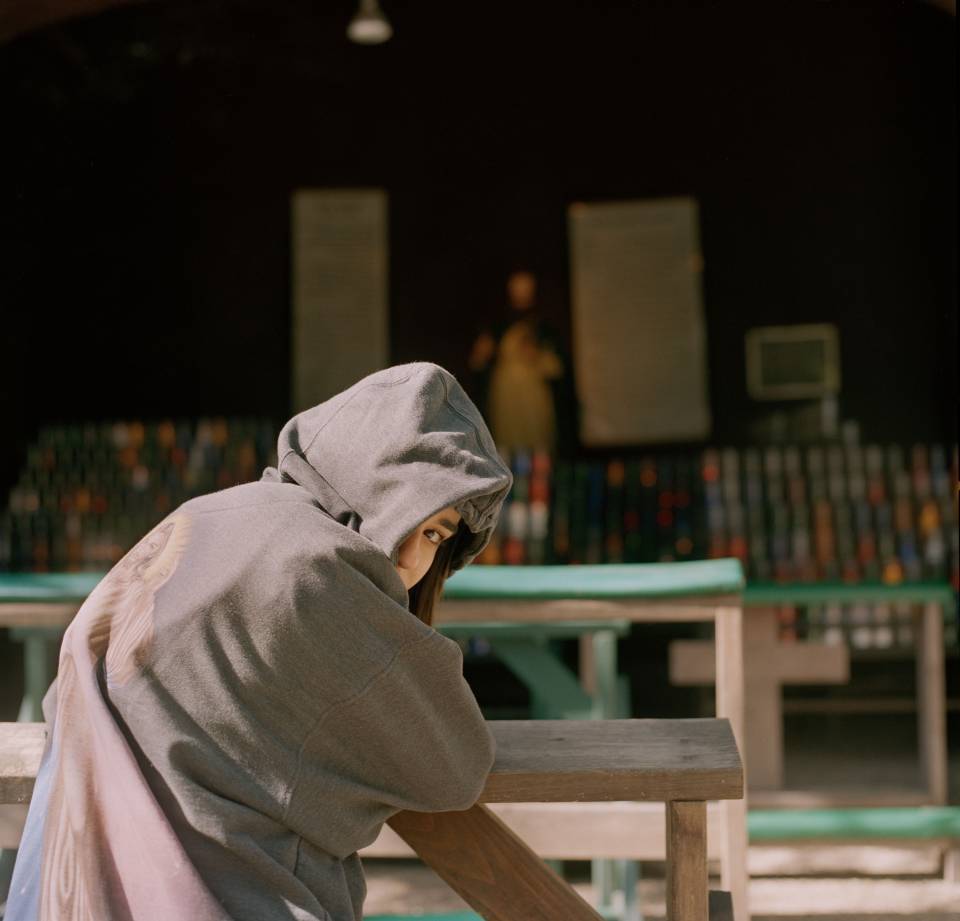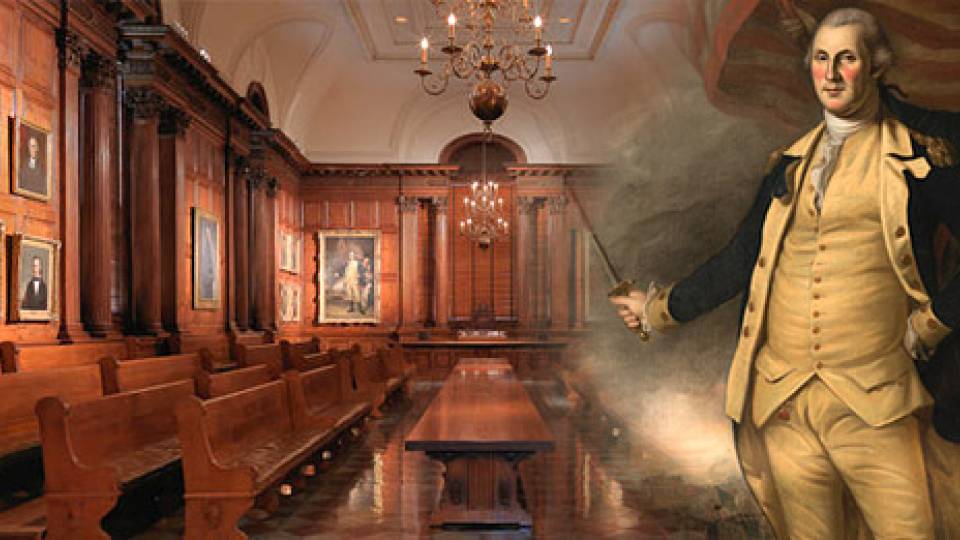An exhibit titled “HYPHEN” featuring photos by Princeton students and recent graduates will focus on the University’s diverse student population, their experiences at home and their lives at Princeton.
The exhibit will open in the upper and lower hyphens, or connecting corridors, of Chancellor Green on Tuesday, May 8, with a panel discussion by the artists from 4:30 to 5:30 p.m., followed by light refreshments.
The exhibit is organized by the Public Spaces Working Group (PSWG), which is part of the Campus Iconography Committee (CIC). The committee of faculty, students, alumni and administrators is overseeing a number of efforts to diversify campus art and iconography.
The PSWG’s focus is to identify and enliven “public” interior and exterior spaces in ways that reflect and connect with the University community’s diversity.


“St. Jude’s Grotto” by Angélica María Vielma, Class of 2018, will be featured in the exhibit “HYPHEN” in the upper and lower hyphens, or connecting corridors, of Chancellor Green. The exhibit will feature photos by Princeton students and recent graduates.
“Portrait of My Friend Sarah,” by Yuanyuan Zhao, Class of 2019, also will be displayed in the “HYPHEN” exhibit. A panel discussion with the student artists will be held on Tuesday, May 8, from 4:30 to 5:30 p.m., followed by light refreshments.
The working group also supports opportunities for students to help lead implementation of select projects. “HYPHEN” was curated by Jeffrey Whetstone, professor of visual arts in the Lewis Center for the Arts, and Class of 2017 graduate Sydney King.
“All of our students lead hyphenated lives. Many of them are culturally hyphenated, with identities rooted in more than one history,” said Whetstone, who also serves as chair of the PSWG. “Undergraduate college life itself is a hyphened existence between a family at home and [a] community at Princeton. The pictures in this exhibit hover between documentary views of student lives and complete photographic inventions.”
Whetstone said he hopes viewers will “ask themselves questions about how this generation approaches the medium of photography.”
“It is the medium we most use to represent ourselves to others, and the medium most used to represent ‘the other.’ It is a powerful tool,” he said. “The photographs we chose are complicated and aspire to portray the fact that many of our students are negotiating expectations of their home lives and their Princeton lives. We hope visitors recognize that tension being expressed — both in form and in content.”
King said the photos demand careful attention.
“We were interested in images that explored different aspects of photographic communication. This show presents the highly choreographed with the composite — the studio alongside the home. Seeing these works together makes more apparent the ways that images can convey information,” King said. “It was also important to us that this exhibition spoke to the intimate relationships of students on campus. We wanted it to talk about this hyphenated world — with the students as bridges whose backs connect this campus to the worlds they inhabit.”
Chancellor Green also is significant as the exhibit location.
“Chancellor Green is the perfect place for this show,” Whetstone said. “For one, it is public — and the site carries all the familiar codes and ‘hyphens’ of Princeton: upstairs is historical, beautiful, austere, important and privileged. It is a site used to host some of our most esteemed speakers and important events. Downstairs is a low-ceilinged, unassuming hallway with a café where people meet very casually or try to hide in a corner and read. The exhibit spans both of those sites and kind of provides a mirror to them.”
“HYPHEN” is part of a larger endeavor to create campus iconography that reflects the people on campus today. PSWG has worked with campus partners to enliven other spaces, including the EQuad Café, as well as residential college and academic spaces. The exhibit “James Johnson: Sixty Years at Princeton” is a collaborative exhibit between PSWG and the CIC’s Princeton History Working Group, and is on display at Frist Campus Center through the fall.
The “HYPHEN” exhibit is one of many ways the University is working to make sure all students feel welcome on campus.
“When I was a student, I felt there was a sense of inevitability that pervaded campus iconography. The campus portraiture looked like that because Princeton students looked like that for decades,” King said. “It's hard to feel connected to a place that showcases a history that only a segment of the population is a part of. That's why these efforts to evolve campus iconography are so important. The effects of campus iconography and expression are subconscious and build up over time. I hope that this work — especially the ‘HYPHEN’ show — will make people feel more understood and like they belong.”






